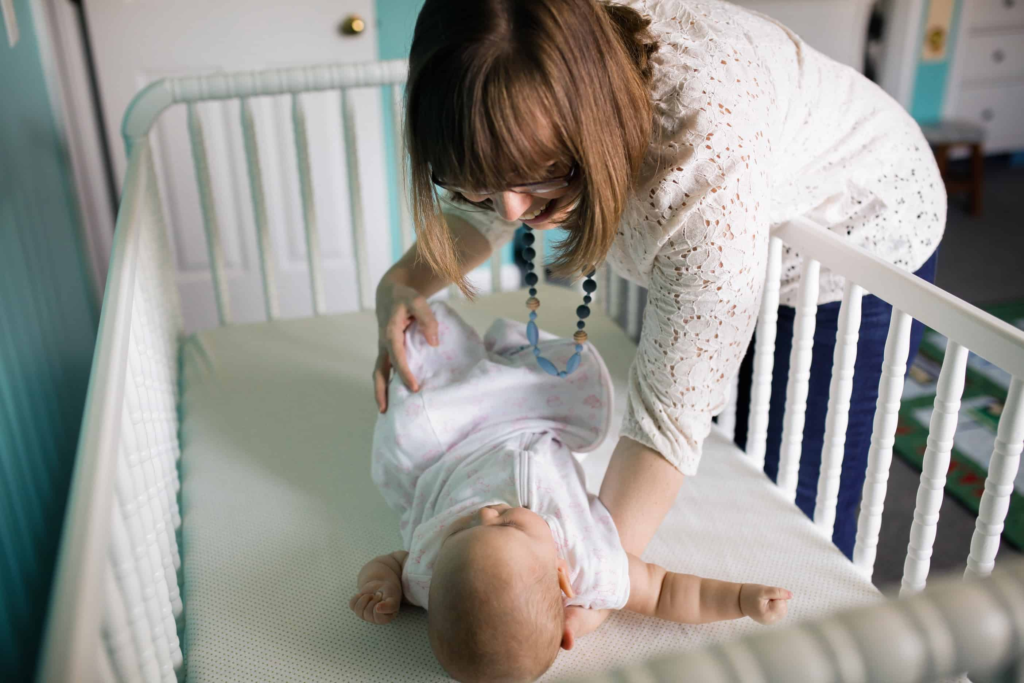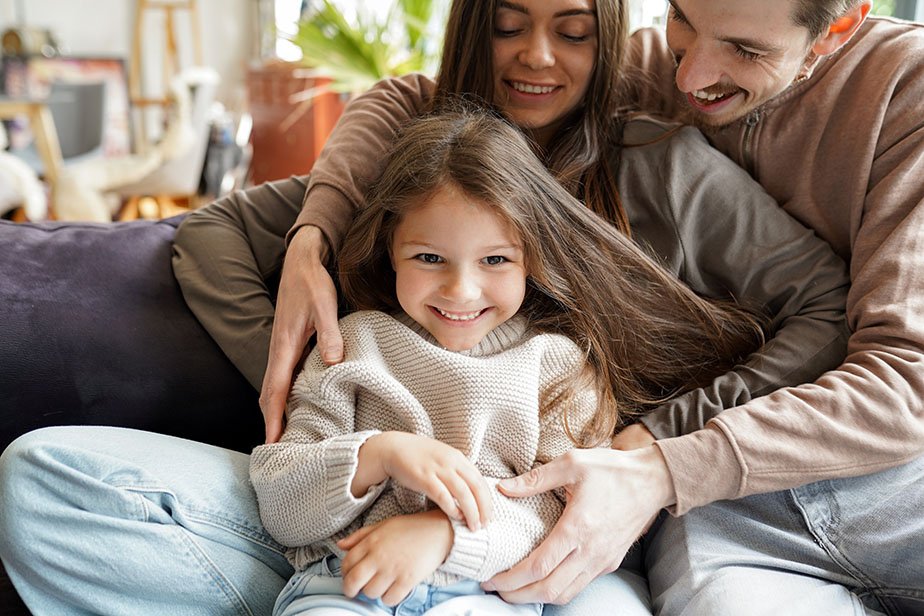
Sleep serves as a critical cornerstone of healthy neonatal and infant development. During sleep, a cascade of essential physiological processes unfolds, including memory consolidation, hormonal regulation, and immune system fortification. However, creating a safe sleep environment is paramount for minimizing the risk of Sudden Infant Death Syndrome (SIDS) and other sleep-related infant deaths. This review outlines the core principles of safe sleep practices for neonates and infants, fostering optimal health outcomes and minimizing mortality risk factors.
The Foundational ABCs of Safe Sleep
Three core principles, known as the ABCs of Safe Sleep, provide the bedrock for a safe sleep environment:
- Alone: Infants must invariably be placed on a designated sleep surface devoid of anyone else. This necessitates strict adherence to avoiding bed-sharing with adults, older siblings, or pets. Bed-sharing demonstrably increases the risk of SIDS and accidental suffocation.
- Back: Every sleep episode, encompassing both naps and nighttime sleep, should commence with the infant positioned in a supine (on their back) posture. This position facilitates maintenance of a patent airway and has been demonstrably linked to a reduction in the risk of SIDS.
- Crib: Utilize a specifically designed crib, bassinet, or portable play yard for infant sleep. Ensure the sleep surface has a firm, flat mattress and is covered with a tightly fitted sheet only. Refrain from using soft bedding, comforters, pillows, loose sheets, blankets, sheepskins, toys, positioners, or bumpers within the sleep space. These items can obstruct the airway and increase the risk of suffocation.
Building Upon the Foundation: Additional Safe Sleep Practices
Beyond the ABCs, several additional practices contribute to a safe sleep environment:
- Room Sharing: While not co-sleeping, room sharing with the infant for at least the first 6 months is highly recommended. This allows for close monitoring and facilitates a prompt response to the infant’s needs.
- Temperature Regulation: Maintain a comfortable room temperature, avoiding potential overheating. Dress the infant in lightweight, breathable sleepwear that permits proper thermoregulation.
- Pacifier Use: Offering a pacifier at sleep initiation may be associated with a reduced risk of SIDS. However, it should never be forced. If the pacifier falls out during sleep, it is unnecessary to replace it.
- Smoking Prevention: Secondhand smoke exposure is a significant risk factor for SIDS. Eliminate smoking around the infant entirely, and avoid environments with secondhand smoke altogether.
- Breastfeeding: If possible, breastfeeding is encouraged. Studies suggest breastfeeding may offer some protection against SIDS.
- Swaddling: Swaddling, a practice of wrapping the infant snugly in a thin blanket, can be a helpful tool to promote sleep, particularly in the first few months of life. However, ensure proper swaddling technique to avoid hip dysplasia and discontinue swaddling once the infant shows signs of rolling.
Addressing Evolving Sleep Needs
As infants mature, their sleep patterns and needs evolve. While the core safe sleep principles remain constant, some considerations require adaptation:
- Monitoring Rolling: If an infant has mastered rolling from supine to prone (on their stomach) and vice versa, it is safe to leave them in the position they choose. However, always initiate sleep by placing them on their back.
- Transitioning from Swaddling: Once the infant shows signs of rolling, typically around 2-3 months old, swaddling should be discontinued to prevent overheating and allow for natural movement. Sleep sacks can be a safe alternative to maintain warmth.
- Introducing Soft Objects: Around 6 months of age, when infants have greater head and neck control, a small, soft stuffed animal can be introduced into the crib for comfort. However, avoid an abundance of soft objects or loose bedding.
Essential Resources for Safe Sleep
For further guidance and support, healthcare professionals recommend exploring the following resources:
- American Academy of Pediatrics (AAP): AAP Safe Sleep ON HealthyChildren.org
- National Institutes of Health (NIH): https://www.nichd.nih.gov/
- March of Dimes: https://www.aap.org/en/patient-care/safe-sleep/
By adhering to these safe sleep practices consistently, healthcare providers can collaborate effectively with parents and caregivers to create a safe haven for infants to achieve peaceful sleep and optimal development. Remember, even minor modifications can significantly reduce the risk of SIDS and other sleep-related infant deaths. Open communication and addressing any concerns with a pediatrician are crucial for ensuring the well-being





